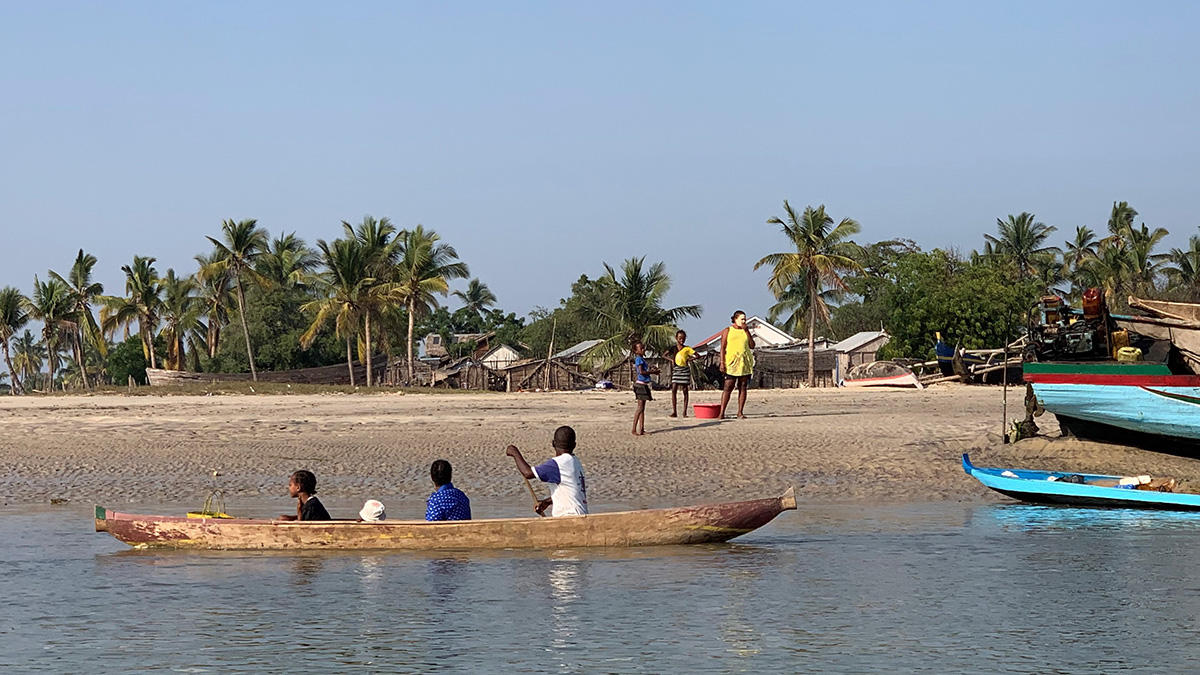feature
Climate Justice: Science for a Better World
Opening eyes to the unequal burden of our changing climate
Climate justice is many things. It is inseparable from social justice. It is the fact that some people are more vulnerable than others to the effects of the destabilization of Earth’s systems caused by our changing climate. It is understanding how this scientific concept has become a wide-ranging societal issue, with implications for individuals, communities, and international stability. It is recognizing that science learned in school is important and relevant.
If you teach just the facts about our increasingly unstable climate, but fail to address questions such as who wins and who loses from this change, you are missing out on the opportunity to influence history. We are on the cusp of a major societal shift as we transition to more sustainable societies. Teachers hold the (largely unrecognized) power to help propel society forward. Climate change is primarily caused by emissions from richer countries, and the wealthiest within those countries; yet it is usually the poor and disadvantaged who are most vulnerable to the consequences. Climate justice raises ethical and political concerns about who drives climate change, who is most affected, who makes decisions about responding to climate change, and how climate policy can address problems of inequality in developing areas around the world.
In November 2012, when I was teaching in upstate New York, a new student appeared in my classroom. His family lived near the coast, about 40 miles away. On October 29, their house had been destroyed by a historic storm—Hurricane Sandy. His entire family had to evacuate the area, and move in with his aunt’s family who lived within our school district. He was with us for the rest of the school year as his parents dealt with insurance estimates, demolition crews, and contractors. They were the lucky ones. Not just because their family members survived, but because they had the resources to be able to move, live in a now-crowded but comfortable home in a good area, and continue with their jobs and education.
Think of all that was required: the wherewithal to evacuate before the storm hit, a car, enough money to transition to a new location and purchase clothes and necessary items to replace those that had to be left behind, a family member who could take them in and who lived close enough that the parents could continue with their jobs each day, house insurance to rebuild, etc. What about those who don’t have all this support and infrastructure? What happens to them? Pondering the intersection between scientific phenomena and societal inequities takes us to the heart of climate justice.
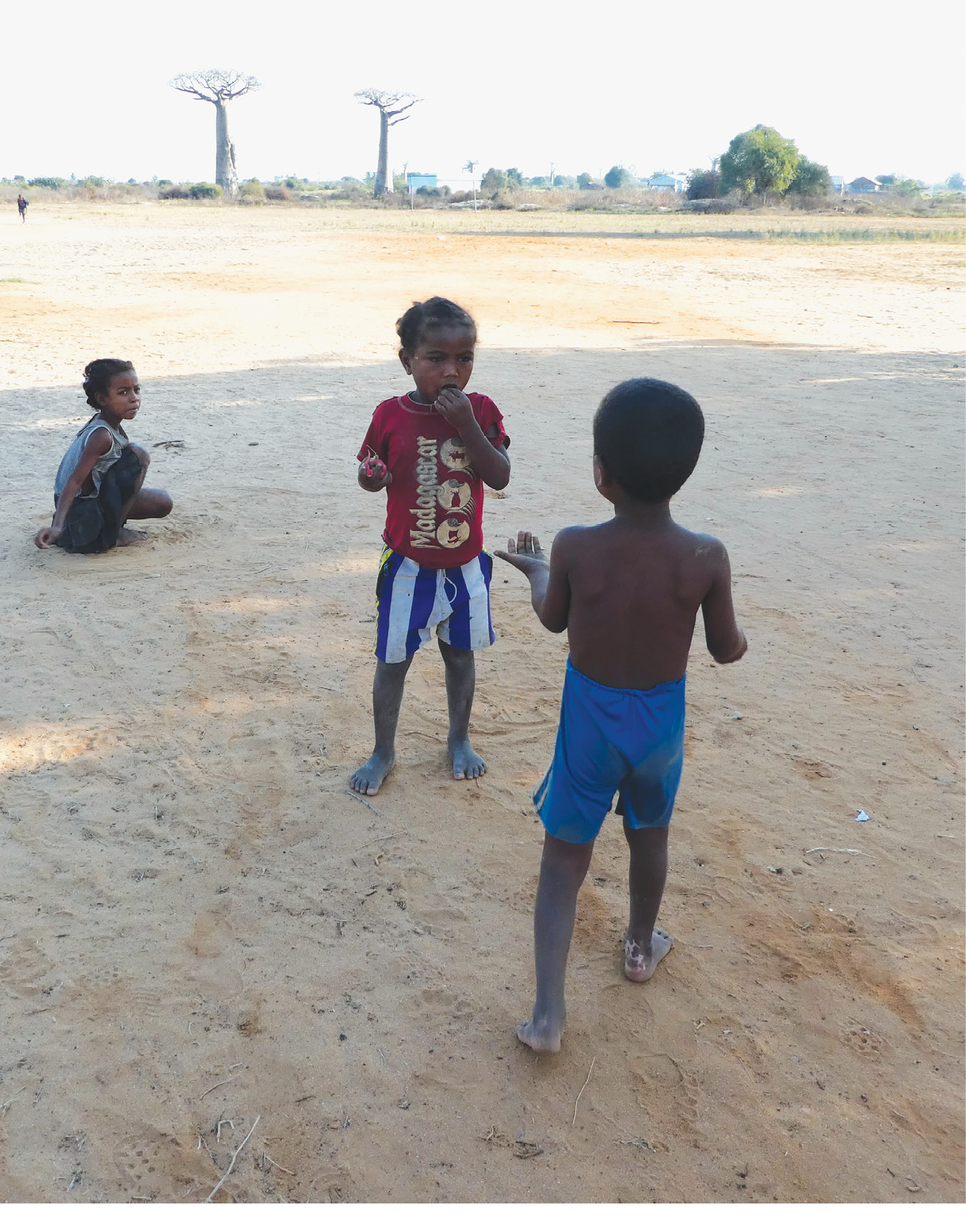
The climate justice lesson described here takes two to four class periods and assumes students have been introduced to the causes and effects of climate change. Using a phenomena-based teaching strategy, students are introduced to some of our most vulnerable communities around the world. They are the ones most defenseless when it comes to extreme weather, changing weather patterns, polluted air, or sea level rise: the poor, sick, young, old, the less educated.
Student groups research air pollution (both a cause of climate change with the buildup of greenhouse gases, and an effect of climate change as the warming atmosphere holds the polluted air close to the earth), and other effects of climate change. Students then create audio-visual presentations to share with the rest of the class, cross-pollinating ideas and setting the stage for an in-depth discussion about climate justice. Some teachers may choose to extend this into a project-based lesson by guiding the students to use this information to take climate action or to help a local community adapt to the effects of climate change.
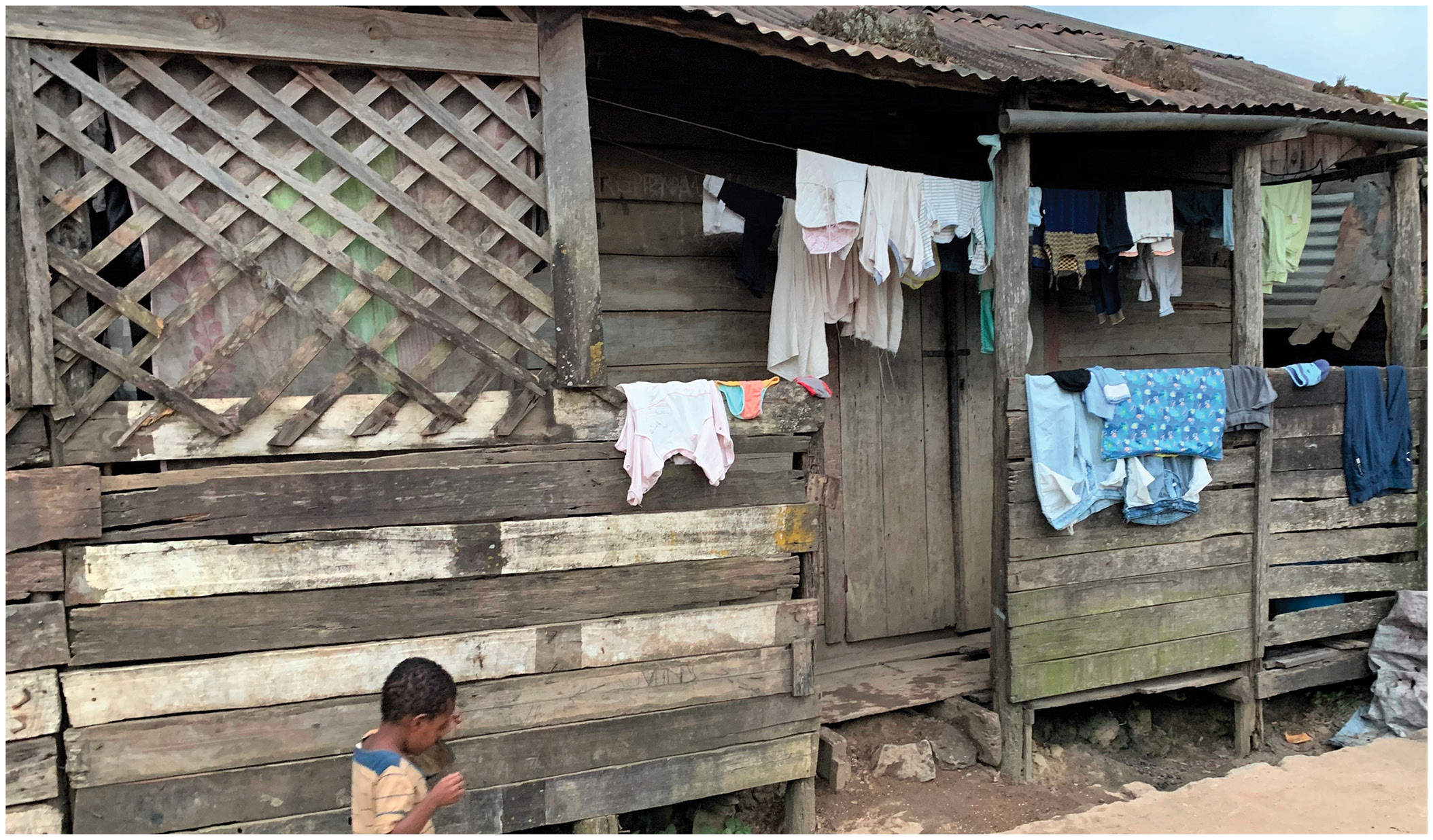
Engage
Begin with a full-class discussion of the concepts of climate justice and climate injustice, without defining the terms. Show pictures of people from around the world who are especially vulnerable to changes in weather, air temperature, and rising ocean levels (see Climate Injustice PowerPoint in Online Connections). As students turn-and-talk with a partner about what these people have in common, circulate around the room, listening in on conversations. After a few minutes, ask those who picked up on the fact that the people in the pictures seem to be having a difficult time dealing with the natural environment to share their insights with the class. Ask probing questions to encourage students to think more deeply: If our climate changes, becoming hotter and drier for longer periods, or colder and wetter longer for longer periods, or if we begin having more extreme weather with heavy downpours or more frequent and more severe hurricanes or tornadoes, how will we deal with it? How will those in wealthier communities deal with it? Those in poorer communities? Young children? The elderly? Why?
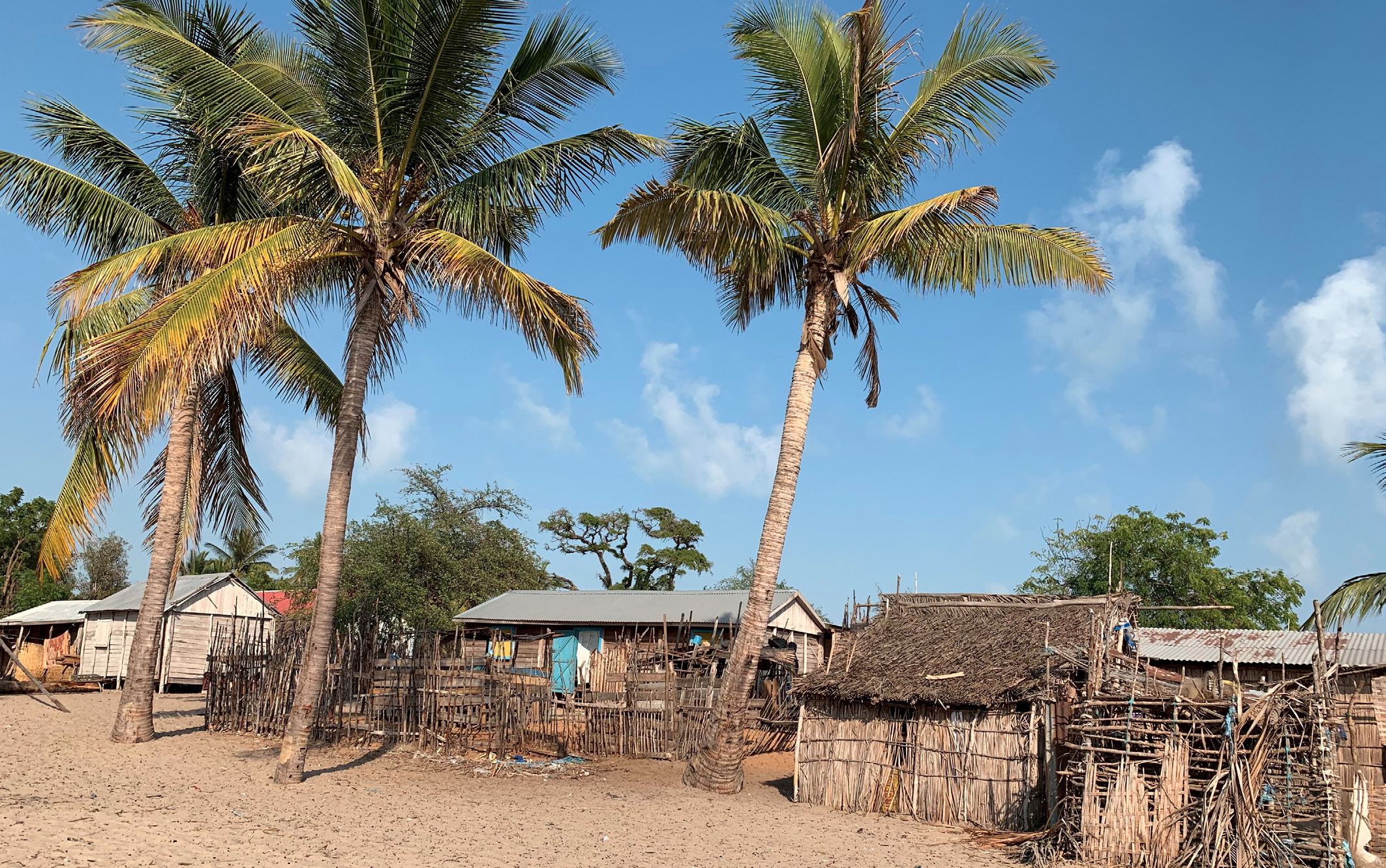
Help students bridge the scenes to the science: What do these pictures have to do with what you’ve been learning about climate change? Who is most responsible for creating the climate change we’re seeing? Why? Who is feeling the effects the most? Why? Why should we care what’s happening to people we don’t know? Broaden student thinking about the topic to include these five areas:
- Humanitarian grounds.
- We live in an interconnected world, so there will be climate refugees moving into our area.
- Displaced, hungry people in the past have joined groups such as Al-Qaeda and the Taliban, and will continue to do so as the number of desperate people increases.
- If people don’t have environmentally friendly technology, they will continue to use technology that pollutes everyone’s air.
- Think about how people responded to the Covid-19 pandemic, when our resources and our lives were threatened. What insights does this give you as to how people will respond to major climatic changes?
Explore
Divide the students into groups to research one vulnerable population and create an audio-visual presentation to help the rest of the class understand how a particular population is affected disproportionately by the impacts of climate change. As they research, they should note examples of climate injustice. Explain that many people are now asking us all to become aware of climate injustice around the world. While researching climate injustice they should also think about what the inverse, climate justice, would look like. Students should be ready to discuss both concepts after the presentations.
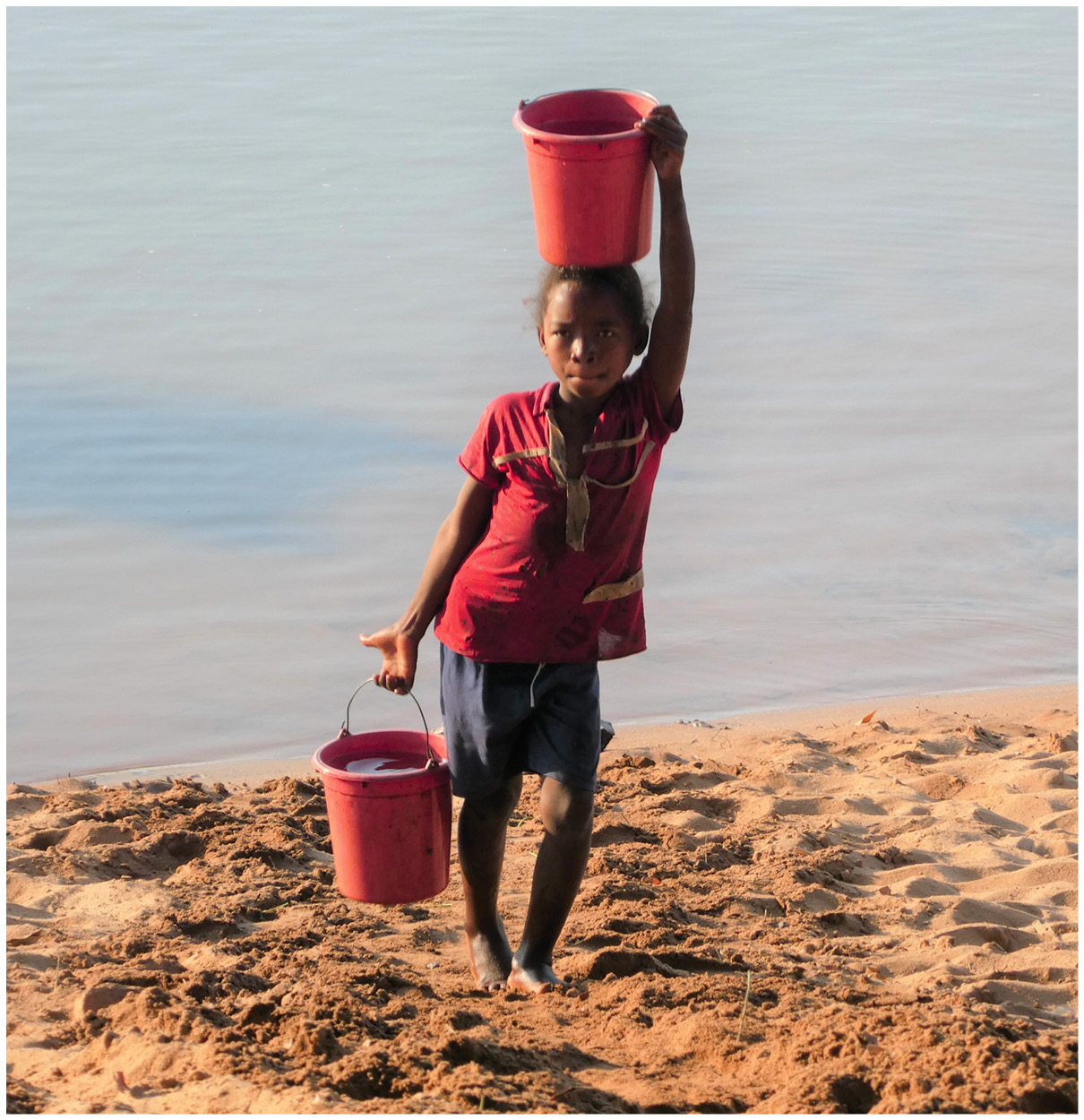
Make sure the groups are of mixed ability so stronger students can help support struggling students. Give the students a few minutes to vote on a leader for their group. The leader’s duty is to keep the group on task, make sure everyone is involved in the process, and to have their audio-visual presentation completed on time. Remind them that “with power comes responsibility.” This is an important phrase to use, as it will come into play again when discussing climate justice after the student research.
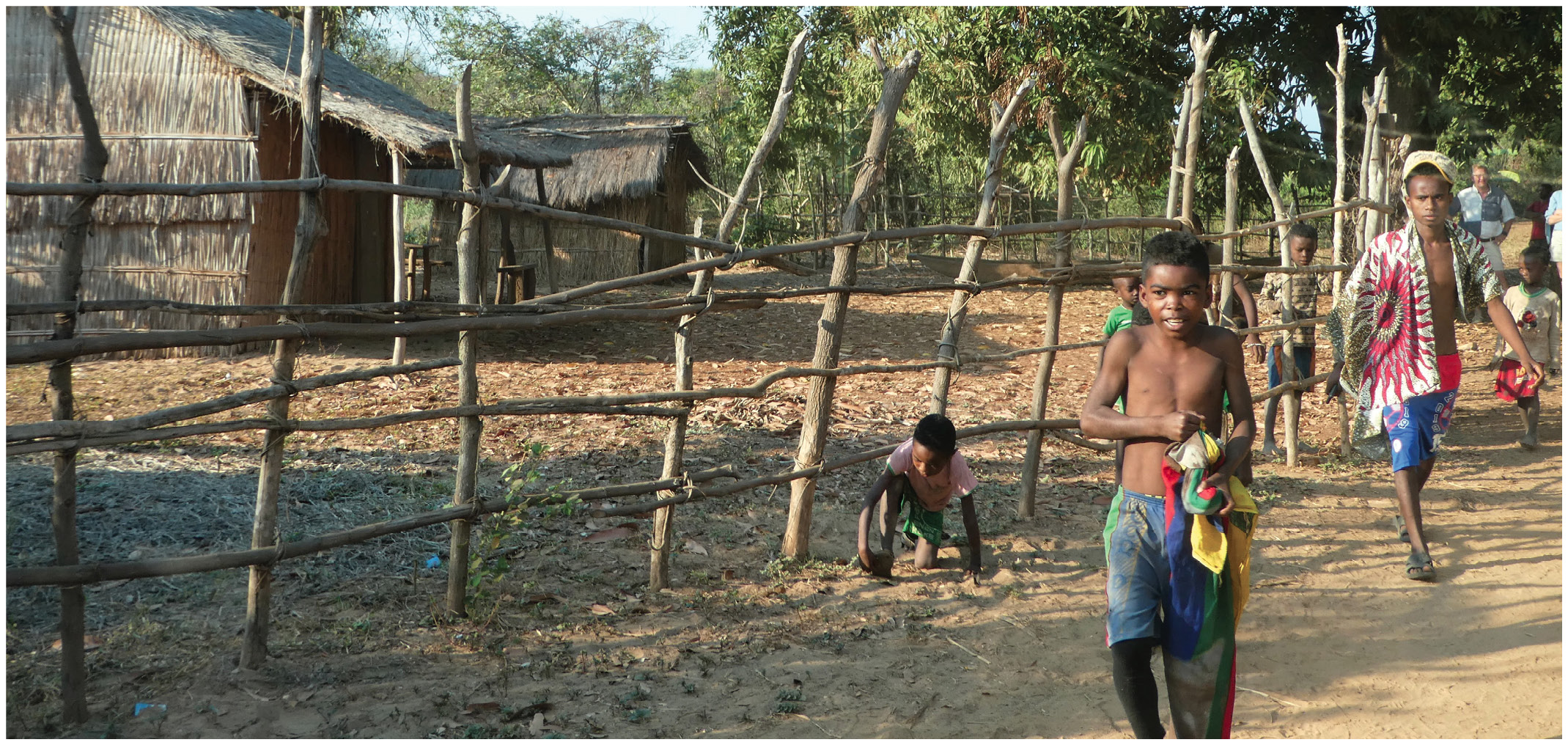
Encourage students within each group to peruse different resources and then pool their knowledge to create a focused presentation. Since time is always at a premium, consider giving students access to the Vulnerable Populations Research Websites page (see Online Connections), rather than having them do an open search. I have included an “advanced reading” notation after some of the websites for those students with above-grade-level reading skills, as well as “read and listen/read and watch” for other websites, for those who would benefit from extra visual and auditory support.
You might also want to add articles describing vulnerable populations in your own area. Have different student groups focus on different parts of the world, or different issues (drought, fire, sea level rise, extreme weather, air quality), or different populations (poor, children, elderly, sick). Make sure all categories are represented to ensure a variety of presentations.
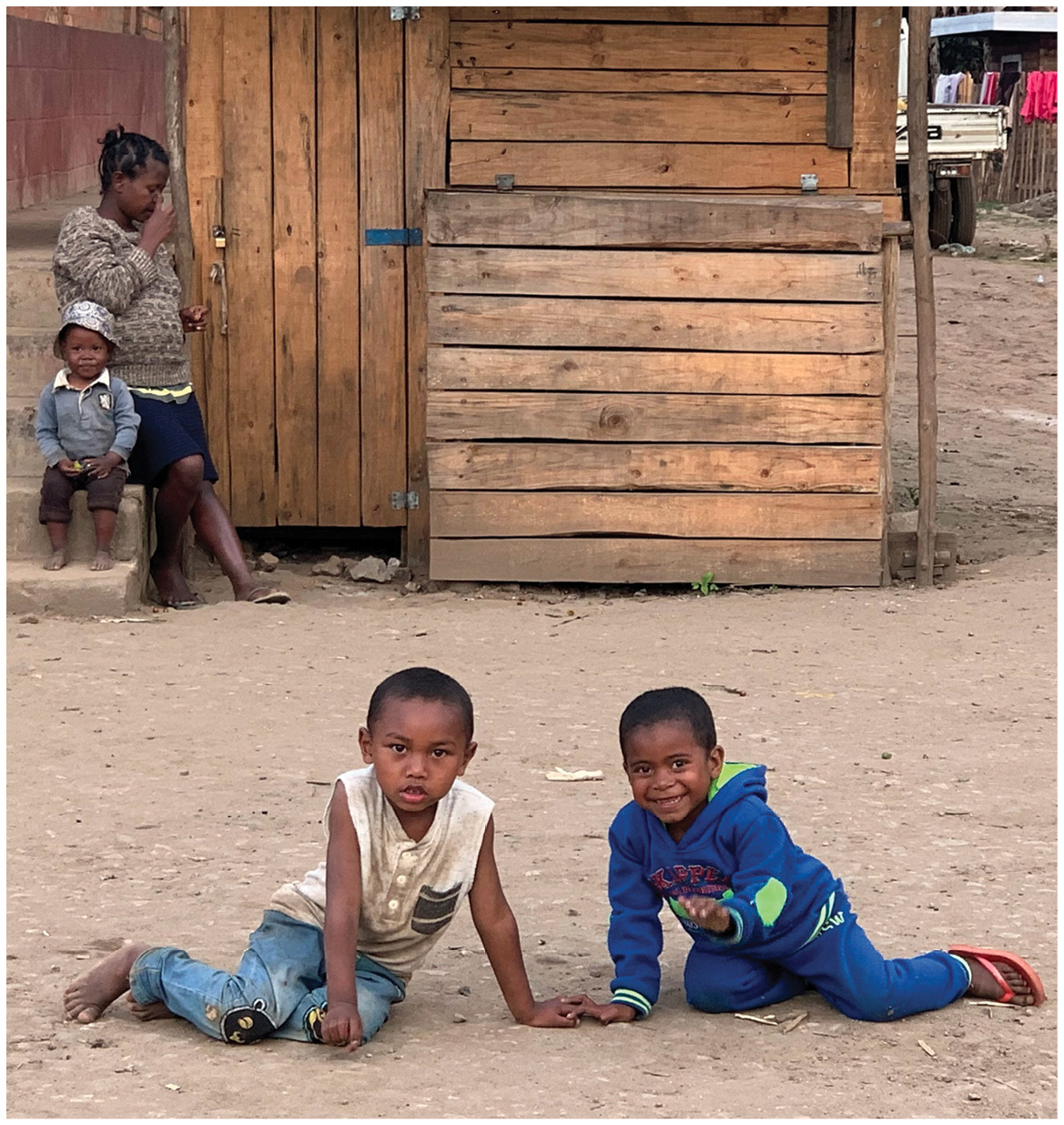
See suggested format for student presentations in Student Group Presentation Guide: Climate Injustice. I have also included climate vocabulary definitions that your students may find helpful: Vocabulary Related to Climate Injustice (see Online Connections). Guidelines, a timeframe for completion, group support, and an audience for the completed products will encourage students to get the most out of this work. There is no need for the teacher to grade the presentations. Notify students they will be presenting their findings to the class the next day, so if there is any unfinished work, they should complete it for homework.
Decide ahead of time if you want the students to create their presentations online or on poster board. If online, they could be added to the class website and/or school website. If poster board is used, they could be displayed in school hallways for other students to see. Plan one or two class periods for the focused research and creation of the presentation. If the time constraints are clear, students will be better able to plan how elaborate to make their presentations. If the students know their work will be seen by their classmates, as well as a wider audience, they will be more motivated to put forth their best effort.

Explain
The next class period is devoted to presentations, summations, and a call to action. As each group presents to the rest of the class, the audience takes notes. In addition, at the end of each presentation, each student not in the presenting group writes on an index card a significant question, along with the answer provided during the presentation. These are collected and a subset is used to create a written assessment.
Following the presentations, ask a few students to synthesize the information that they heard from all of the groups. Show the class a PBS video, “Why Climate Change is Anti-Justice” (see Online Connections), to summarize.
Lead a thoughtful discussion about the disproportionately negative impacts of climate change on some populations. Remind students that the largest contributions to air pollution (and therefore greenhouse gases that have created global warming and climate change) are from the burning of fossil fuels for energy and transportation. The escape of refrigerant used in air conditioners is also a large contributor of greenhouse gases. The wealthiest countries have benefitted the most. The United States and other developed countries have the greatest access to gas-burning transportation, use the most electricity generated by burning coal, and utilize the most heating and air conditioning for our buildings.
We have contributed the most air pollution, and have benefitted the most. Revisit the idea that “with power comes responsibility.” Was that true for the leaders of the student groups? What did that look like? Is it true for leaders of a society? Is that true for wealthier, more powerful countries of the world? Why?
We like to think of ourselves both individually and as a country as being fair and just. As Americans, we know our country is a world leader. How do we justify these views with the facts uncovered during the students’ research? How can we Americans, who live in the most powerful country in the world, help create a just response to the unfair burden of the effects of climate change? Obviously, we don’t want to give up our comfortable lifestyles, but are there reasonable actions we can take to mitigate the effects of climate change?
Extend
Your students will feel encouraged to know that there are many people who are taking steps to reduce climate change. But the planet needs more! Project Drawdown (see Online Connections) is an excellent website for exploring multiple climate solutions, though most ideas require actions by adults rather than children. The website Kids Against Climate Change (see Online Connections) shows actions children are taking, and provides an authentic audience for students who want to communicate their knowledge and ideas about climate change and climate action to children around the world.
We know that individual actions are only meaningful when they are part of a collective. That is why it is important to talk to family and friends about taking action as well, to encourage recycling and re-using, turning off lights, making environment-friendly purchases, using fewer one-use plastic items, etc., until these simple steps become part of our society’s collective consciousness.
To turn this into a project-based lesson (PBL), consider guiding the students to use their newfound knowledge to take climate action as a class, or to help a local community adapt to the effects of climate change. Working together, the class could plant donated trees, give money to tree planting projects elsewhere in the world, begin a recycling project at school, or commit to reducing electricity use at home. They could also work together to influence an adult who has power (politician or corporate leader) by arranging a meeting in person, or via Zoom, to discuss their concerns about climate justice. If funds are needed, visit NOAA Planet Stewards, which provides teachers with grants up to $5,000 for stewardship projects (see Online Connections).
Evaluate
Let the students know that the quiz will be the following week, and it will comprise the questions the students submitted. No review sheet will be given by the teacher prior to the test, but the students are welcome to share the questions and answers they submitted with each other. If they work together, they could create their own review sheet and know all the questions (and answers!) before the quiz (while reinforcing the information about climate justice).
Conclusion
In 2019, I spent three weeks in Madagascar, off the east coast of Africa. It is one of the poorest countries in the world. With over 25 million inhabitants, 74 percent live in extreme poverty. Only 13 percent have access to electricity. Madagascar is one of the African countries most severely affected by climate change. It now experiences an average of three cyclones per year (World Bank Group 2019). The locals told me about their fears regarding changing climate: extended drought in the south and west, increased cyclone activity in the north, and torrential downpours in the east. And then, of course, there’s sea level rise. Most do not own a car, and their houses are insubstantial protection against severe weather events and the encroaching ocean.
This is typical for billions of people around the world who are in the same situation. How will they adapt as weather patterns shift and severe storms, drought, warming oceans, and sea level rise impact their lives? When they are forced to move to new areas to survive, how will they be treated by others when they encroach on their space?
As an increasing number of educators teach climate change, whether or not their districts are using the Next Generation Science Standards, they have the opportunity to be a driving force to move society forward toward climate mitigation and adaptation, which are so desperately needed at this point in history. It makes sense to do so. The science showing causation between anthropogenically induced greenhouse gases and the rise in global temperatures is clear; as is the recognition that increased global warming is causing our climates to change and become less stable.
If we teach climate change as merely an academic subject to be learned and assessed, without addressing its significance, it’s an opportunity lost. Focusing a few lessons on climate justice encourages students to think about how a scientific phenomenon has become a societal issue, making their academic studies all the more necessary and relevant to them, and perhaps even nudging them in the direction of becoming responsible global citizens. ■
Online Connections
- Vulnerable Populations PowerPoint: https://bit.ly/3wNLPBv
- Student Presentation Guide: https://bit.ly/3eA5fUf
- Vocabulary Related to Climate Justice: https://bit.ly/36OhZT4
- Vulnerable Populations Research Websites: https://bit.ly/2UYeaHY
- Kids Against Climate Change website: https://kidsagainstclimatechange.co/what-can-kids-do-to-help-slow-down-global-warming/
- NOAA Planet Stewards website: https://oceanservice.noaa.gov/education/planet-stewards/welcome.html
- Project Drawdown website: https://www.drawdown.org/
- Why Climate Change is Anti-Justice video: https://youtu.be/Q5KjpYK12_c
- Kids Against Climate Change. 2019. https://kidsagainstclimatechange.co/
Kottie Christie-Blick (kchristieblick@sandiego.edu) is an online instructor for the University of San Diego in California, and a Climate Change Education Consultant in New York.
5E Climate Change Disciplinary Core Ideas Earth & Space Science Environmental Science Equity General Science Interdisciplinary Lesson Plans News Phenomena Research STEM Teaching Strategies High School



